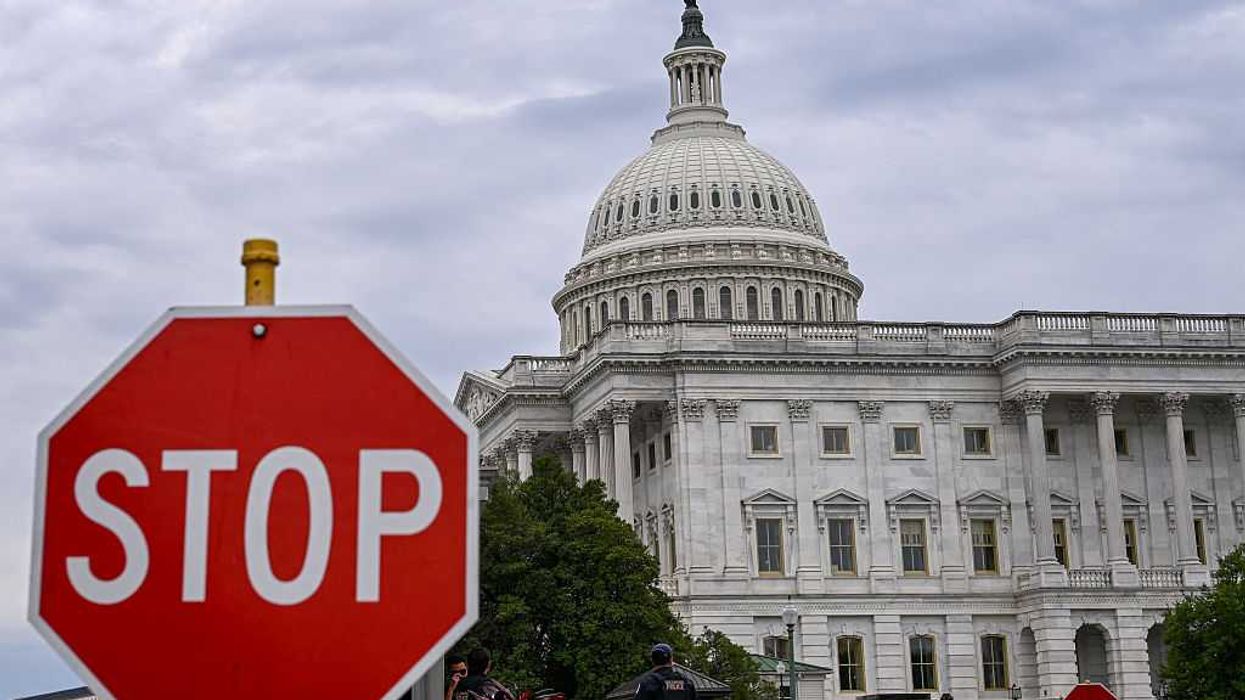Four things to commit: 1) Commit to a higher calling – Read the Pledge of Nonviolence HERE; 2) No finger pointing; 3) Personal Responsibility – Read the Declaration of Rights & Responsibilities HERE and MLK’s Commitment Card HERE; 4) Be hopeful.
For weeks, Glenn has been promising that this week of shows would mark a change in GBTV from a network to a verb. He would be taking action and asking the audience to join him.
Glenn explained that you have to commit to a code and decide what you believe. You have to activate not only yourself, but those around you into taking action. You must live it and “mean what you say and say what you mean”. If you believe in small government and also want to help others, you must be the stop gap. And you must create a culture that inspires and fosters decency and goodness.
And tonight was step one - commit.
To begin the show, Glenn reminded listeners what he told them when he first announced GBTV - that the network was not a place for passiveness but a place for people to be active and involved. "GBTV is a verb" he said back in 2011.
Why the need for the shift? Even though Glenn said that he and his company and his fans are all moving at lighting speed, progressives have a 100 year advantage.
"We're moving at light speed but everything that goes into repairing all the damage done by progressives in the last 100 years is daunting to say the least," he said.
"Tonight we begin to roll out what i've been asking you to be patient for, but the first 4 steps are really important. We're going to unleash the verb GBTV was designed to be," he explained.
"Let me tell you a little story. I teach teenagers at sunday school. We were doing a study and I asked them, 'so what does this tell us?' It was scripture about one of the prophets standing up and the people rejecting and then killing him. They said 'it means you have to stand up for what you believe in' . I said no, you are missing a step. Before you can stand up for what you believe in, you have to know what you believe in and then still before just knowing it , you have to make a declaration," Glenn said. "You have to commit."
"I want you to know with a humble and contrite spirit that I'm sometimes embarassed to meet viewers and listeners because some are doing so much more than I am in your public your professoinal and your personal lives. And I am no different than you. I have members of my own family that are not as committed as you. I have the same family issues that you have. Some don't believe me, some do. I'm bluffing on how to raise my kids - so im asking if you are committed because you know what, we're making this up. Were doing things that no ones ever done before in history. So when I ask you these questions I'm asking this of myself too," he said.
"Are you really committed to restoring america to it's founding principles? Are you really committed to reducing the size and power of an out of control federal government?"
"If Romney happens to beat Obama, will you exhale and say 'Whew, that was close!' and then retire back to the couch for doritos and Dancing with the Stars?"
"This is bigger than Obama. He's stepped on the accelerator and is driving towards the cliff at alarming speeds, but the problem existed long before obama got into office. Obama is, believe it or not, what I'm worried about the least. Because if we don't fix ourselves first, it doesn't matter who is president, we'll eventually find ourselves in the same exact predicament."
Later, Glenn discussed the theory of the 10% - that 10% lead in one direction. Some the right way, some the wrong - with 80% in the middle.
"This audience is not the 80%. Youre the 10%. Will you commit to lead and be the 10% who lead the 80% to the right exit?" he asked.
"If you think you aren't qualified to lead, you are wrong. The true mark of a leader is not what money or power they have, but rather what they don't have. Ego. Arrogance. Self interest. Leaders have a heart dedicated to servitude, and a calling greater than oneself. You must be that 10% because there will be another 10% leading people in another direction and that direction will be revolution," he said.
But how do you get into action? Glenn aid out four steps for people to take action and commit: 1) Commit to a higher calling – Read the Pledge of Nonviolence HERE; 2) No finger pointing; 3) Personal Responsibility – Read the Declaration of Rights & Responsibilities HERE and MLK’s Commitment Card HERE; 4) Be hopeful.
A big focus of the opening monologue was Martin Luther King, Jr. and the movement he led in the sixties. To explain further, Glenn had his niece Alveda King join him in Dallas:

 ALEX WROBLEWSKI / Contributor | Getty Images
ALEX WROBLEWSKI / Contributor | Getty Images
 JIM WATSON / Contributor | Getty Images
JIM WATSON / Contributor | Getty Images Joe Raedle / Staff | Getty Images
Joe Raedle / Staff | Getty Images AASHISH KIPHAYET / Contributor | Getty Images
AASHISH KIPHAYET / Contributor | Getty Images